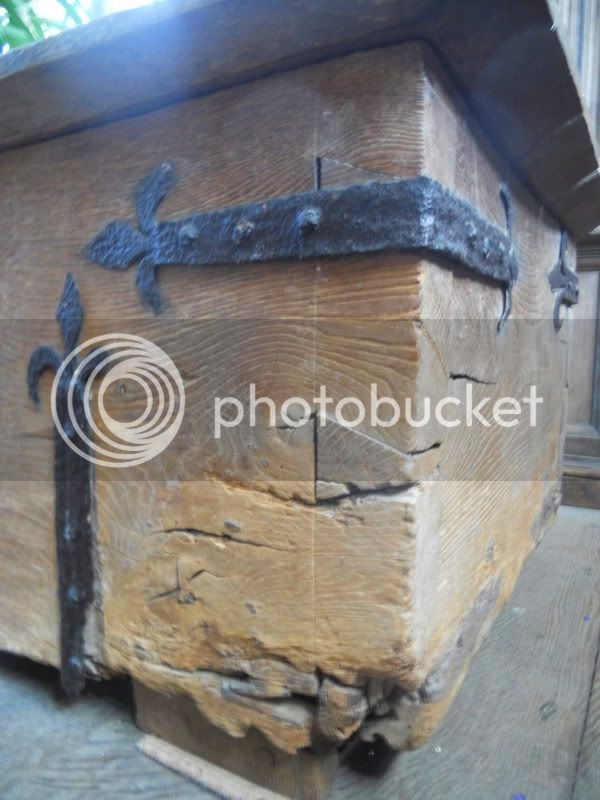Sheffield Tony
Ghost of the disenchanted
I was looking at the front cover of the last Fine Woodworking last night. It has a box, jewelry box perhaps, with a book matched veneered top, holly and ebony (?) stringing etc, and through dovetails.
These dovetails have a very conspicuous baseline marked with a knife across both pins and tails. Now, I know that a knife line is most accurate, and easy to align a chisel in. I know that it is a common feature, and that it is taken as a sign of a genuine handcut joint. But I don't like it. on the sides of drawers, all well and good. On the oak bookcase I made recently with conspicuous dovetails I went to some pains to avoid a knife line. On a jewelry box I'm not even all that sure I like the through dovetails at all in combination with the "fine" features of the lid.
So, quick question - do you like to see, or leave visible, a knifed baseline on your through dovetails ? Even in outwardly visible places ? If so, can you convince me why I should like them ?
[Sorry, I could not find a picture. But looking at the Fine woodworking homepage, my eye was caught by the changing picture at the top - wait for the guy cutting tenons on the table saw. That made me shudder.]
Edited to add: not a very big picture, but this is the box:

These dovetails have a very conspicuous baseline marked with a knife across both pins and tails. Now, I know that a knife line is most accurate, and easy to align a chisel in. I know that it is a common feature, and that it is taken as a sign of a genuine handcut joint. But I don't like it. on the sides of drawers, all well and good. On the oak bookcase I made recently with conspicuous dovetails I went to some pains to avoid a knife line. On a jewelry box I'm not even all that sure I like the through dovetails at all in combination with the "fine" features of the lid.
So, quick question - do you like to see, or leave visible, a knifed baseline on your through dovetails ? Even in outwardly visible places ? If so, can you convince me why I should like them ?
[Sorry, I could not find a picture. But looking at the Fine woodworking homepage, my eye was caught by the changing picture at the top - wait for the guy cutting tenons on the table saw. That made me shudder.]
Edited to add: not a very big picture, but this is the box:



































